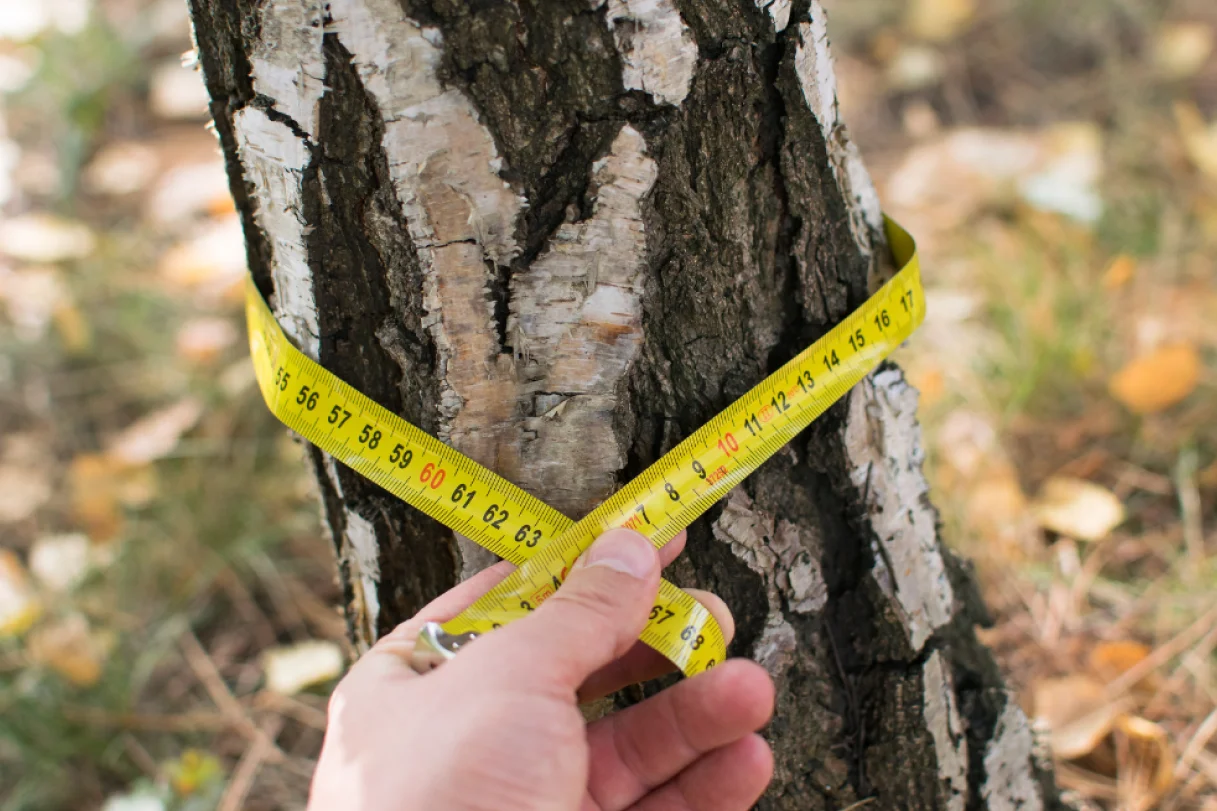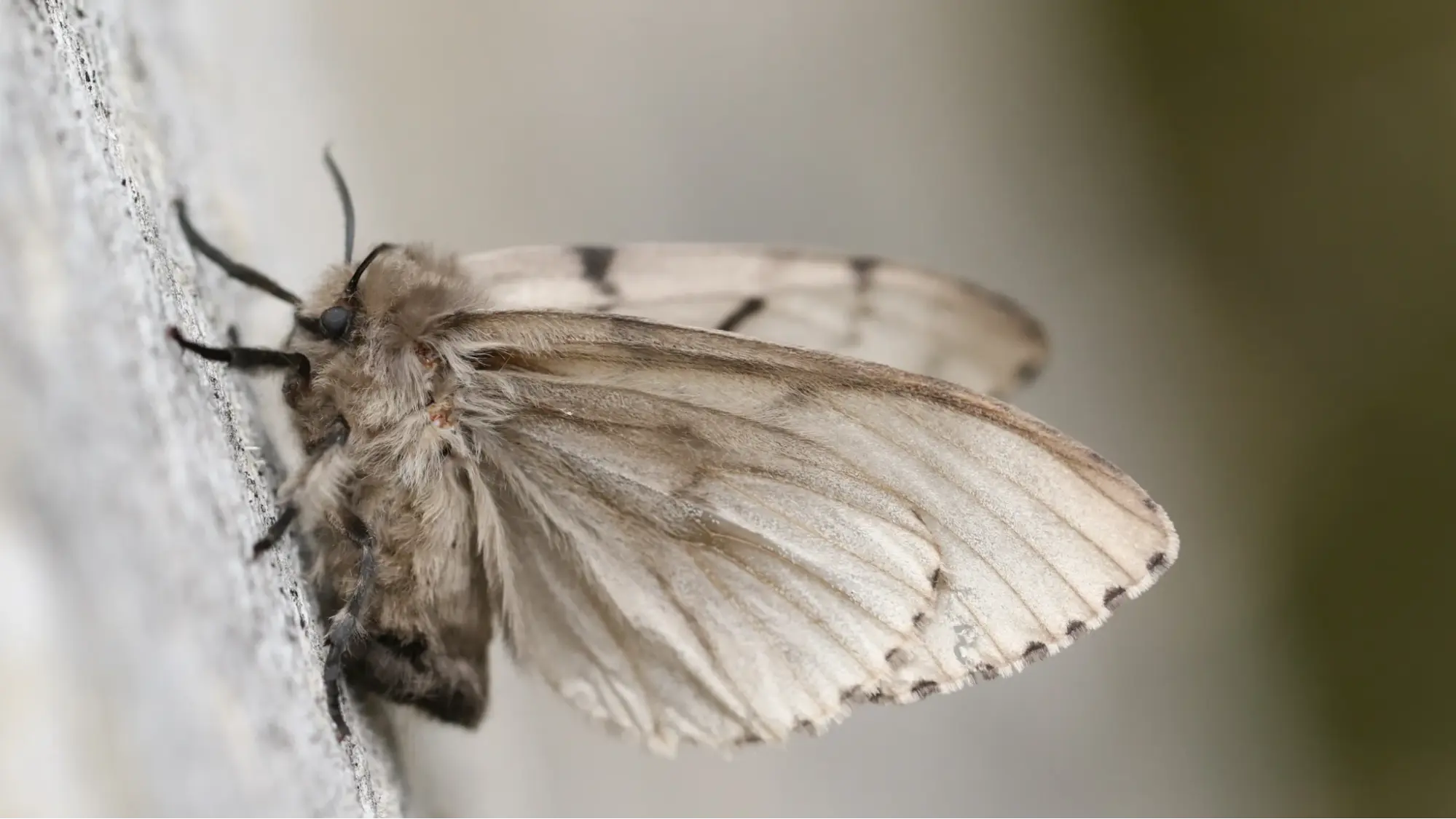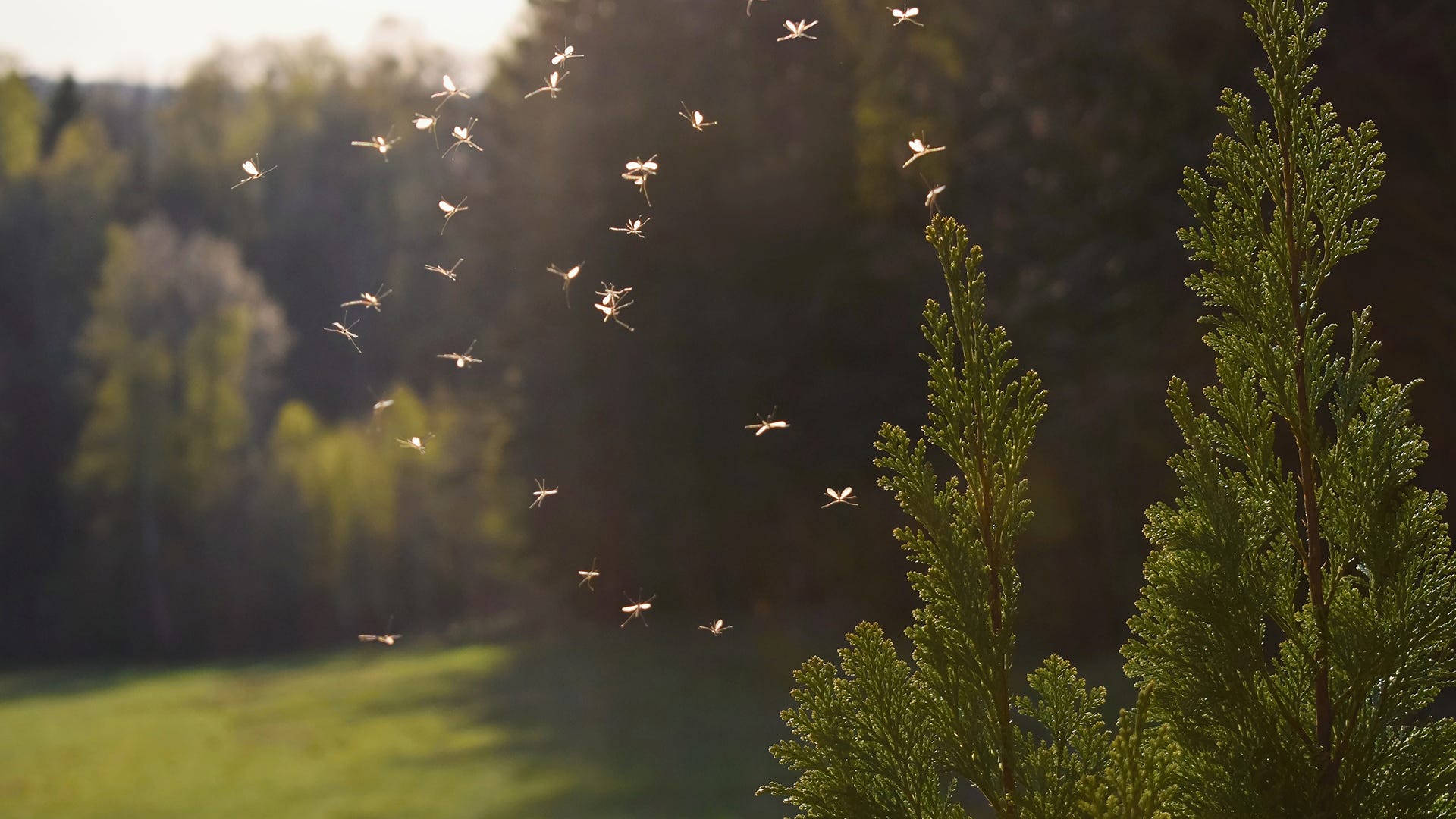Trees are tough, but even the strongest oak or sugar maple can’t stand up to a full-scale insect invasion on its own. Toronto’s urban forest is constantly exposed to pests like aphids, borers, and caterpillars and without proper intervention, those pests can weaken a tree’s defences quickly.
That’s where tree insect management comes in. It’s not about blasting everything with chemicals. At Tree Doctors, we focus on integrated solutions that consider the life cycle of pests, the health of your tree, and the balance of your local ecosystem.
Whether it’s through a professional tree pest control service or through seasonal monitoring and targeted spraying, smart management reduces long-term damage. It also prevents secondary infections – many pests carry fungal spores or open up wounds that let disease take hold.
In other words: insect management is prevention. It’s peace of mind. And it’s one of the best ways to protect the investment you’ve already made in your landscape.
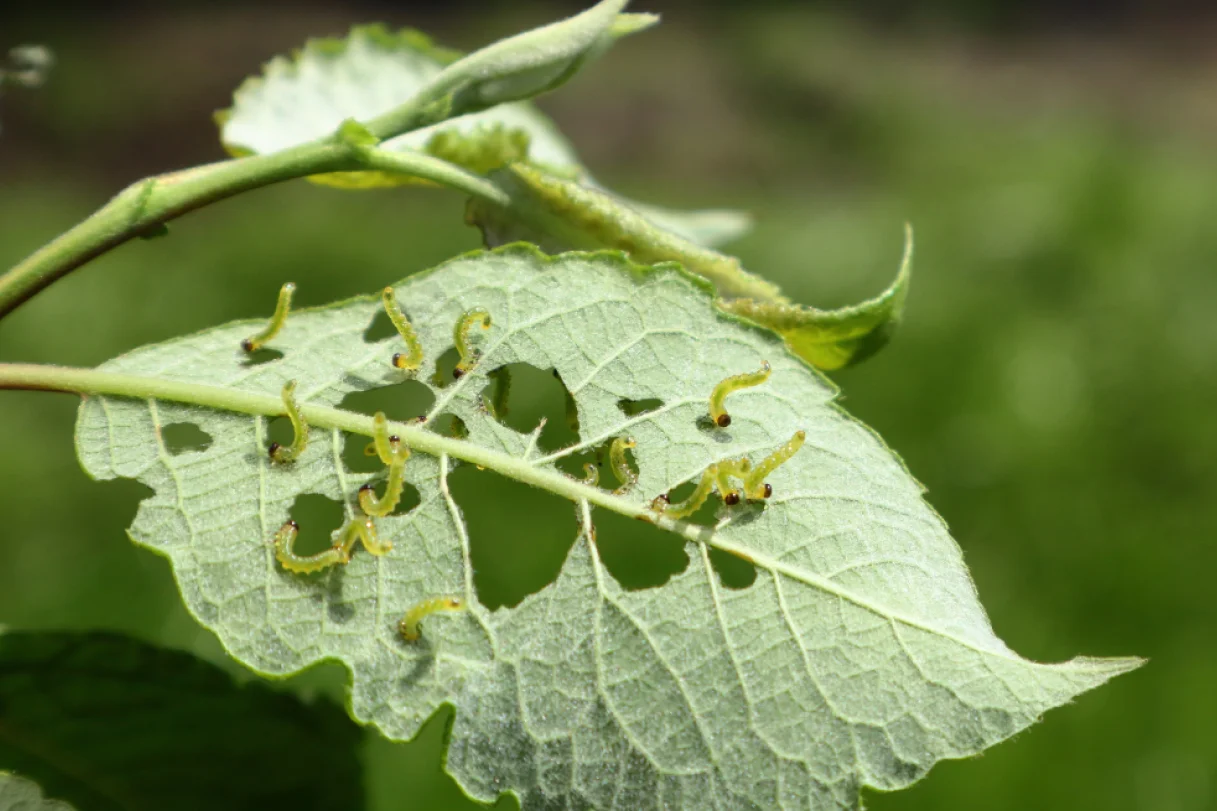
What Are the Main Insects That Can Harm Your Trees?
Toronto’s trees face a rogue’s gallery of hungry pests. Some, like the emerald ash borer, are well-known invaders. Others, like spongy moths or scale insects, quietly do their damage without much fanfare – until a branch wilts or a tree fails to leaf out.
A professional tree pest control approach starts with proper identification. Is it leaf chewing, sap-sucking, or boring into the trunk? Different insects call for different methods. And timing matters too – spraying too early or too late can miss the target completely.
Our tree spraying service isn’t one-size-fits-all. We tailor treatments to species and season. For example, dormant oils might be applied in early spring, while biological treatments target caterpillars in June. The key is knowing when pests are most vulnerable.
We also look at tree stress. Drought, compacted roots, or pruning wounds can make trees more attractive to pests. So we don’t just treat the bugs – we boost the tree’s own ability to resist them.
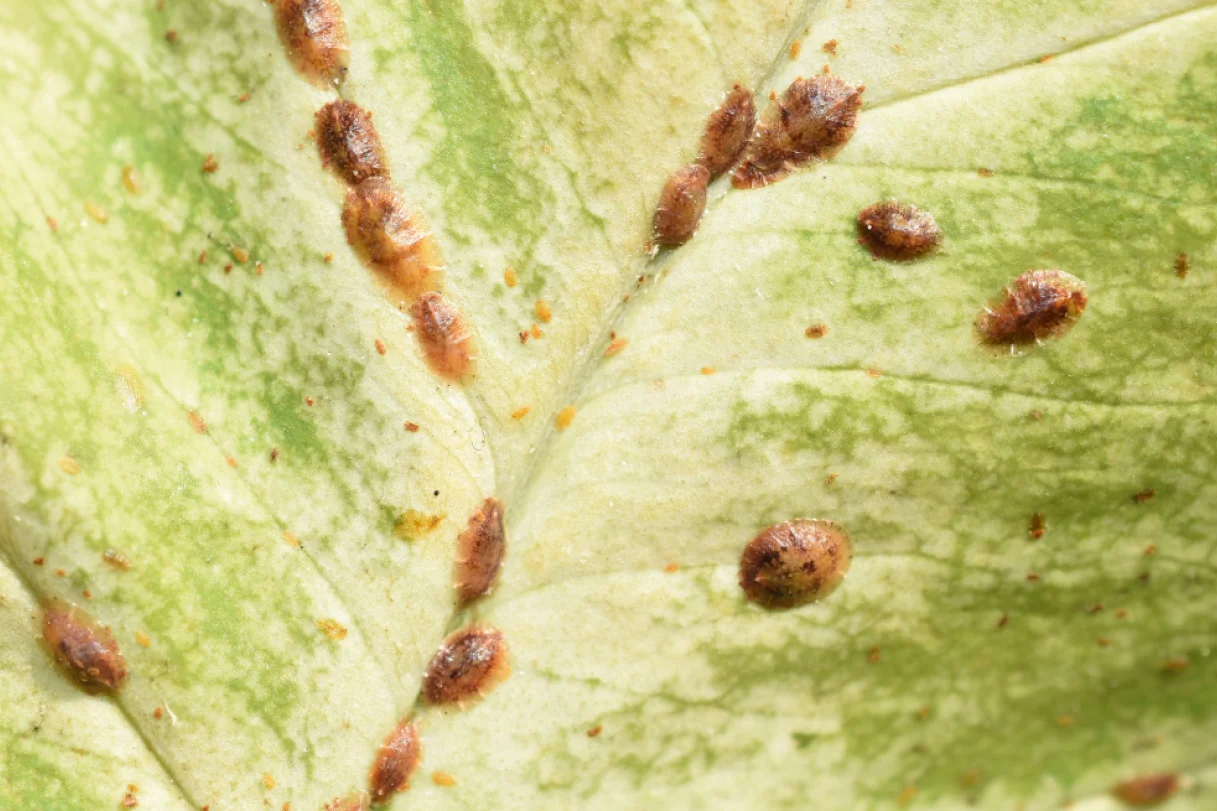
What Are the Main Diseases That Can Harm Your Trees?
Diseases often piggyback on pest problems, but they also strike independently. Toronto’s cool, wet springs and hot summers make it a prime zone for fungal diseases – from powdery mildew on maples to Dutch elm disease or oak wilt in mature trees.
Some pathogens are airborne. Others, like root rot, spread through soil. And some arrive via pruning tools or even on the wind. If you’ve been searching for tree disease treatment near me, you’re not alone – early signs like spotting, cankers, or sap oozing can be easy to miss but deadly if ignored.
Effective treatment begins with a diagnosis. That might involve lab testing or visual assessments by ISA-certified arborists. Treatment options vary: some trees respond well to targeted fungicides or injections, while others require structural support, pruning, or even removal to prevent spread.
We also prioritize prevention – healthy trees with balanced soil moisture and proper spacing are less likely to get sick. And when treatments are needed, we use environmentally sensitive methods wherever possible.
Common Tree Pests and Diseases in the GTA
|
Threat Type |
Name |
Tree Species Affected |
Visible Signs / Early Symptoms |
Season or Progression |
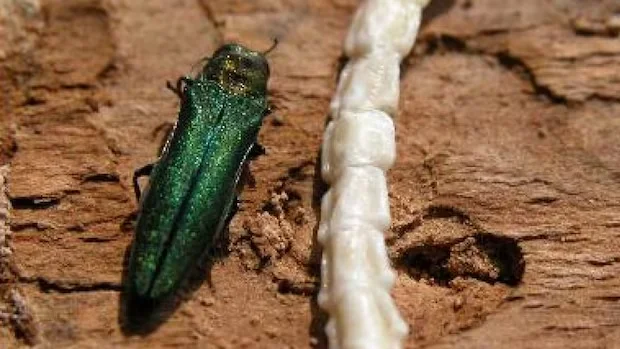 |
Emerald Ash Borer |
Ash trees |
D-shaped exit holes, canopy dieback |
Active June to August |
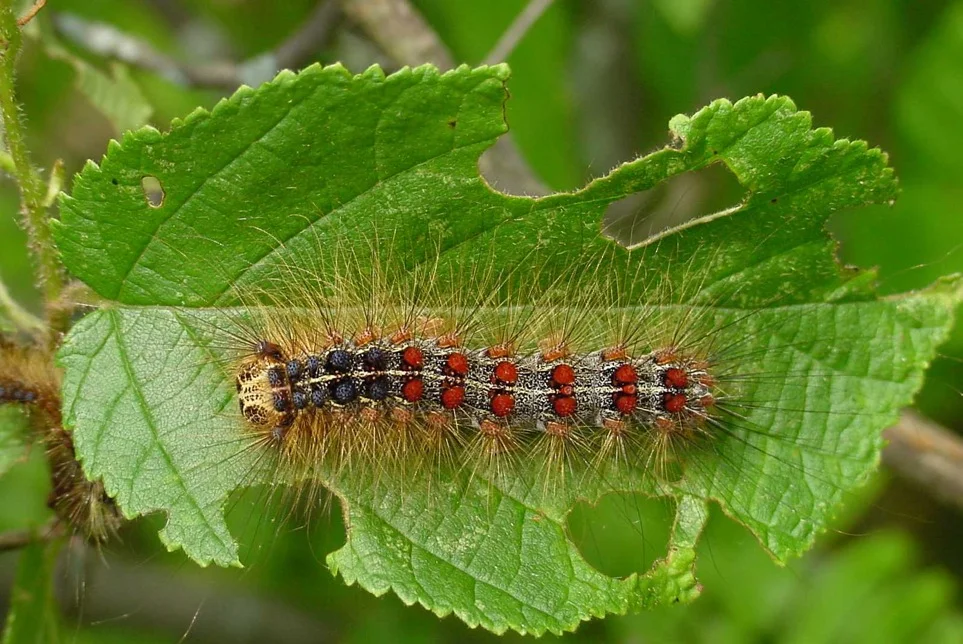 |
Spongy Moth Caterpillar |
Maples, oaks, birches |
Leaf defoliation, frass on trunk/leaves |
Active May to July |
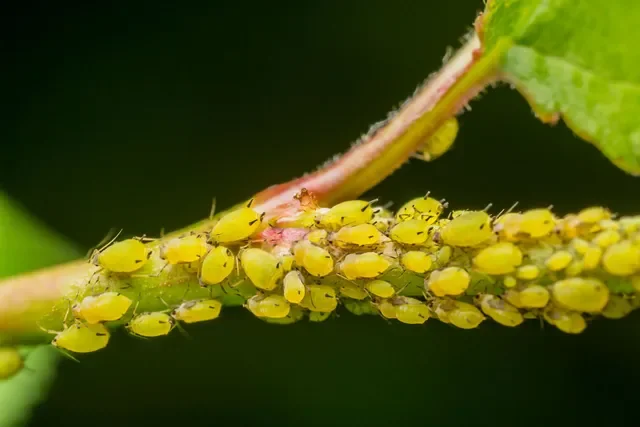 |
Aphids |
Softwoods, maples |
Curling leaves, sticky honeydew |
Active spring to fall |
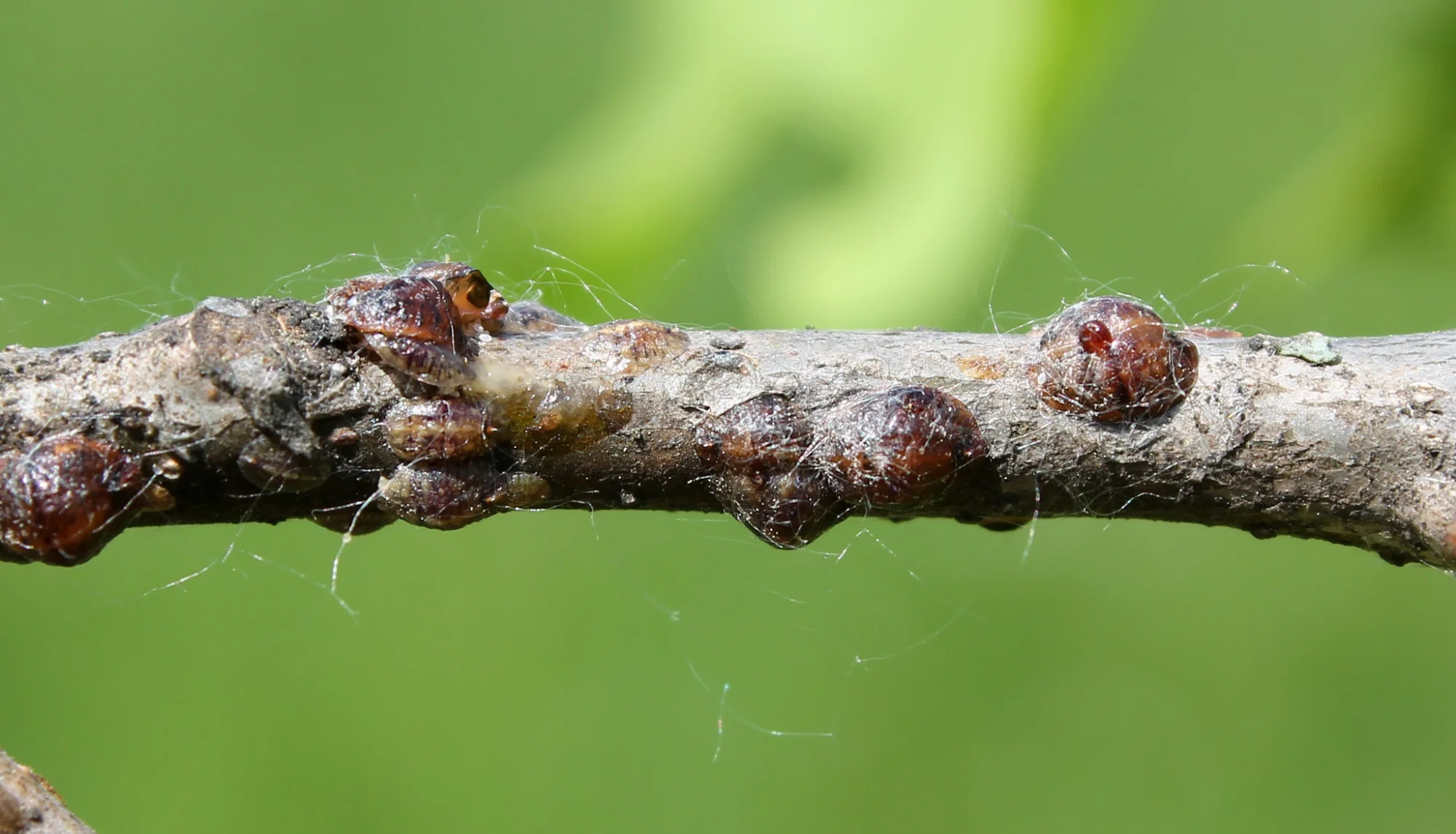 |
Scale Insects |
Fruit trees, maples |
Sticky residue, stunted growth |
Active late spring to summer |
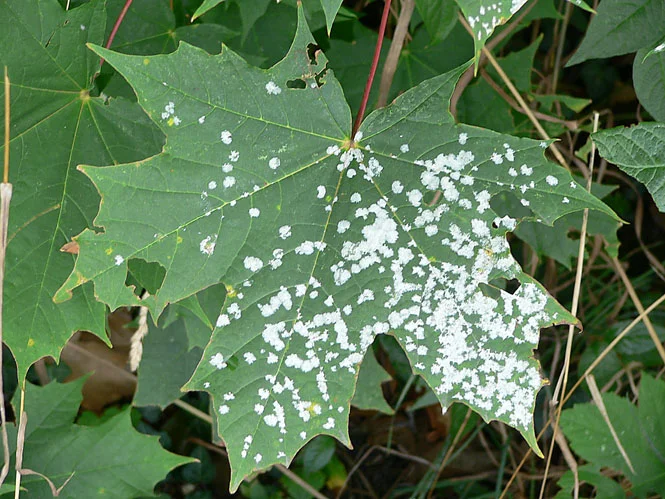 |
Powdery Mildew |
Maples, lilacs |
White film on leaf surfaces |
Slows photosynthesis, cosmetic |
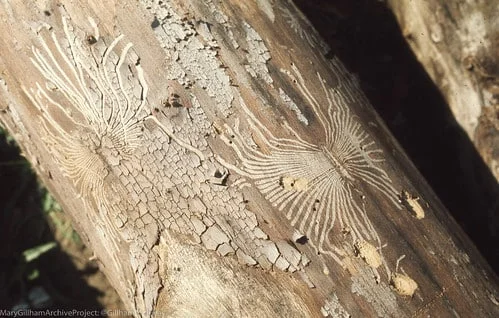 |
Dutch Elm Disease |
Elms |
Wilting leaves, branch yellowing |
Fatal if untreated |
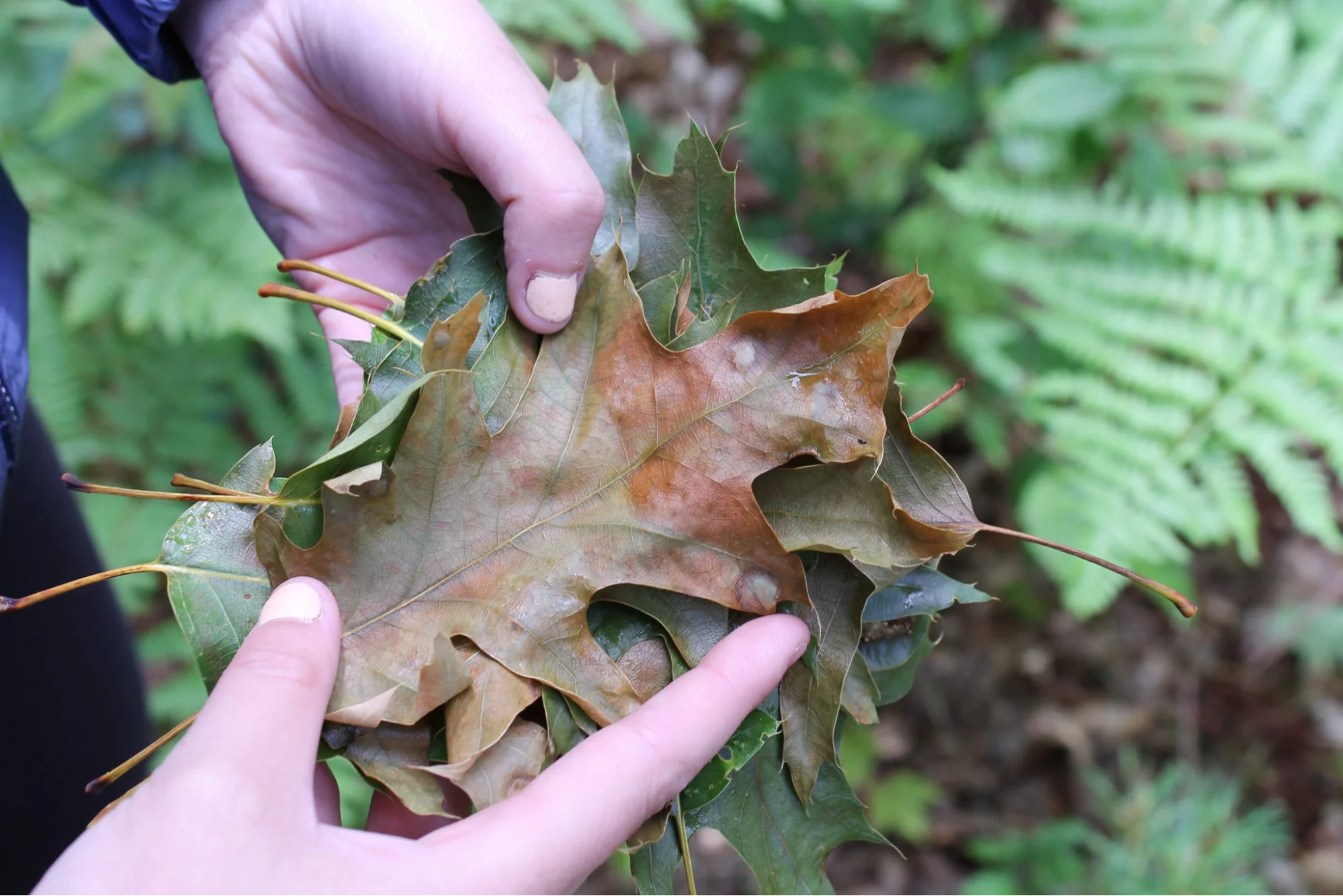 |
Oak Wilt |
Oaks |
Leaf browning, premature fall colour |
Spreads via roots, beetles |
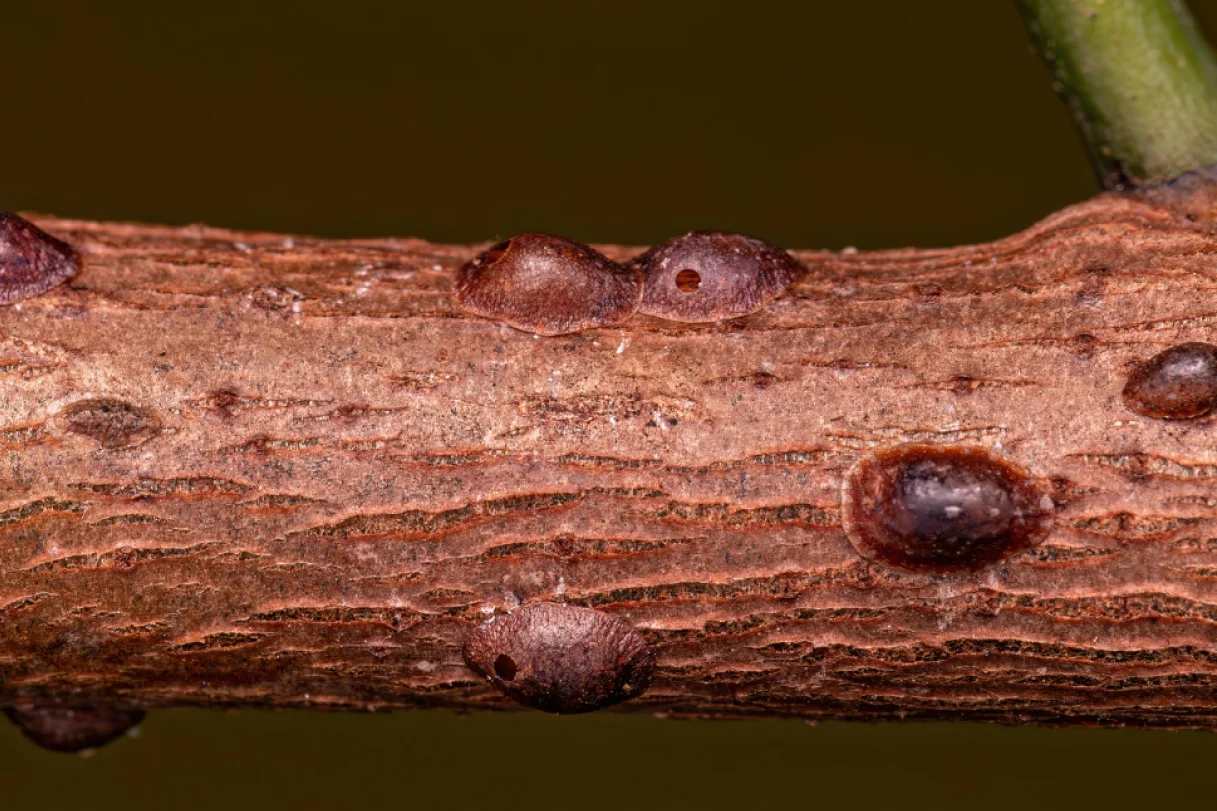
Controlling Pest and Disease Outbreaks
Once a pest or disease outbreak has taken hold, things can change quickly. Trees may begin to decline under pressure faster than you'd expect. That’s why timing and coordination are essential.
When an outbreak is confirmed, we move from monitoring to action. This could involve systemic insecticides, focused pruning to remove infected limbs, or trunk injections to help the tree fight back. In some cases, we recommend temporary fencing or physical barriers to prevent diseases from spreading through the soil.
What really matters is the plan. We assess the entire landscape, not just one tree. Are neighbouring trees at risk? Is this species especially vulnerable? What is the long-term prognosis?
Because pests and pathogens don’t stop at fences, we often work with nearby homeowners or city departments. It's not just about one property – it's about protecting the trees that line our streets, parks, and backyards across the GTA.
Regular inspections, especially in the spring and early summer, give you the best chance of catching issues early. Yellowing leaves, bark cracks, or signs of insect activity are all easier to treat when they're spotted right away.
Treatment Methods
|
Method |
Best For |
Pros |
Cons |
|
Tree Spraying |
Surface-feeding insects |
Immediate action |
Can harm non-target insects |
|
Systemic Injections |
Borers, sap-suckers |
Long-lasting, precise |
Requires professional handling |
|
Pruning |
Disease control |
Removes infection sources |
Needs proper technique |
|
Soil Amendments |
General tree health |
Improves root environment |
Gradual results |
Tree Insect Management Company #1
When you’re searching for tree spraying companies in Toronto, you’re looking for more than just a guy with a tank. You need experience, ecological awareness, and up-to-date methods – and that’s exactly what Tree Doctors offers.
We’re not a franchise. We’re local, and we know Toronto’s unique tree challenges: clay soils, harsh winters, construction stress, and yes, plenty of insects.
Our licensed arborists use science-backed methods to evaluate what’s really going on with your trees. We won’t over-spray or over-promise. Instead, we offer clear, practical plans that fit the situation and protect your tree’s health in the long run.
If you’re worried about pests this season, now is the time to act. Early detection and smart spraying make all the difference. Don’t wait until branches start falling or leaves won’t grow back. Call your local experts. We’re here to help – and we’re good at what we do.
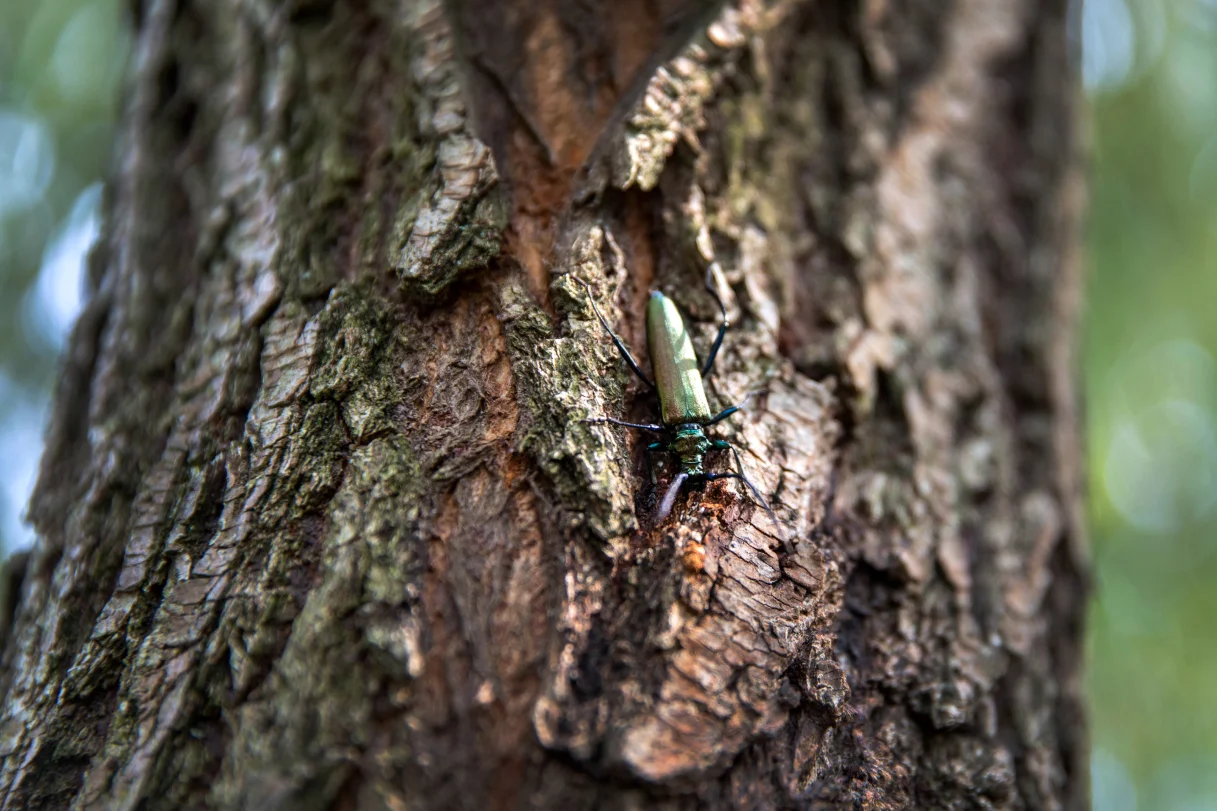
Final Thought: Protect Your Trees, Protect Your Neighbourhood
Trees say a lot about a home and a neighbourhood. When they're healthy, pruned, and pest-free, they send a quiet message: someone here cares. But when they’re stressed, wilting, or infested, they stand out for all the wrong reasons.
Here’s something to consider: insects don’t respect fences. If your neighbour’s maple is crawling with scale insects or your shared boulevard ash shows signs of borer damage, waiting too long can turn one sick tree into a block-wide problem.
That’s why many of our clients book tree spraying services together with neighbours. It’s a simple move that:
- Helps reduce costs through multi-property visits
- Stops pests from spreading before they become a crisis
- And adds an extra layer of pride to your street’s curb appeal
It’s not just good for your trees. It’s good for your wallet. And it’s great for the place you call home.
So if you’ve noticed anything unusual – early leaf drop, tiny holes in bark, or just a sense that something’s off – don’t wait for it to get worse. Give Tree Doctors a call. We’re local, we’re certified, and we’re here to help.
